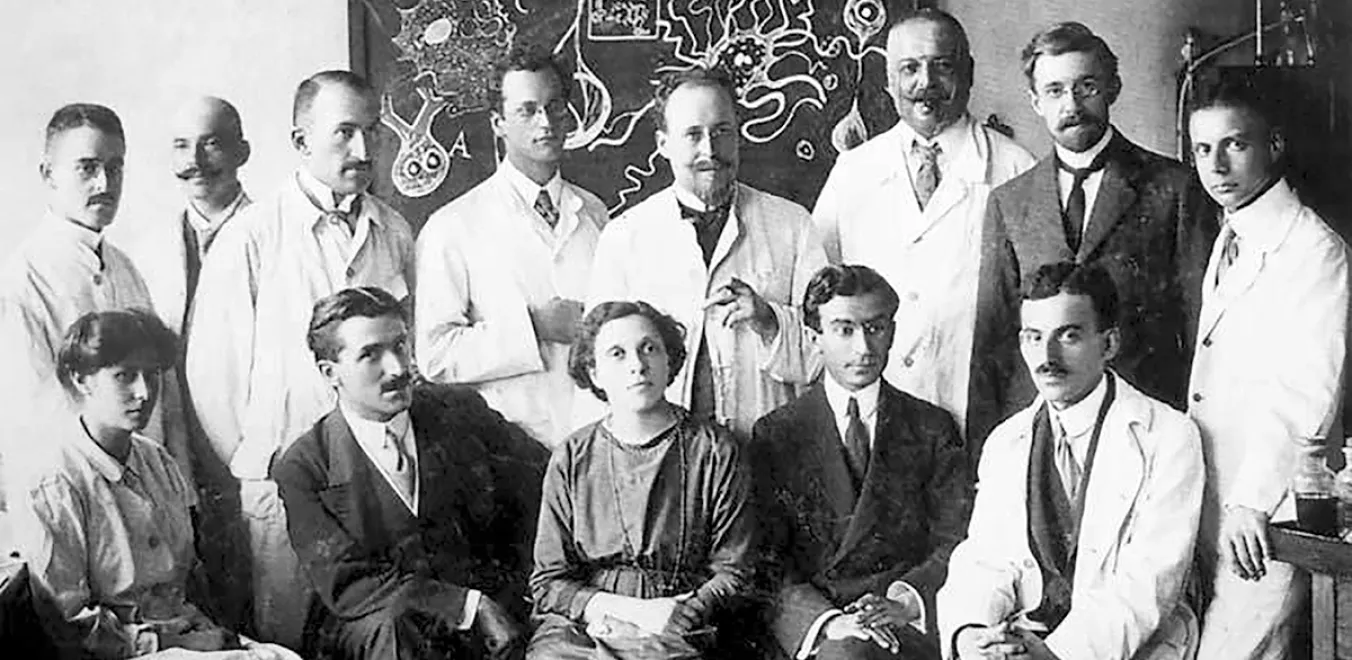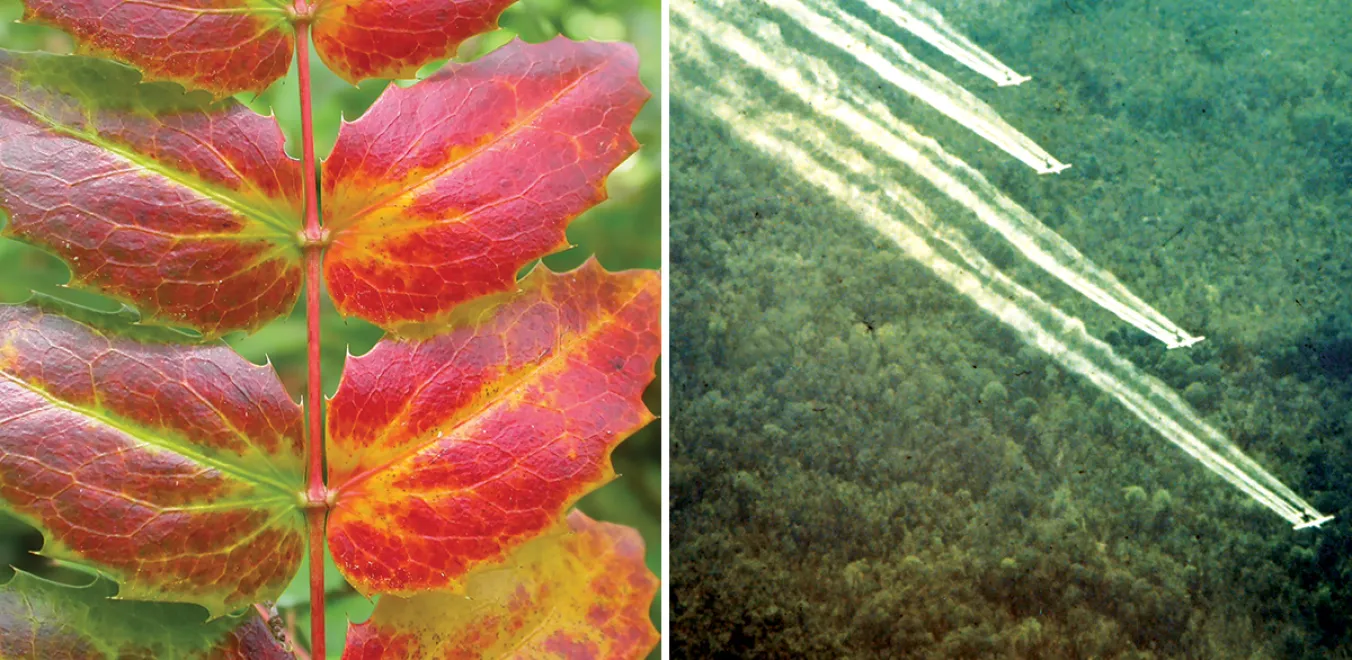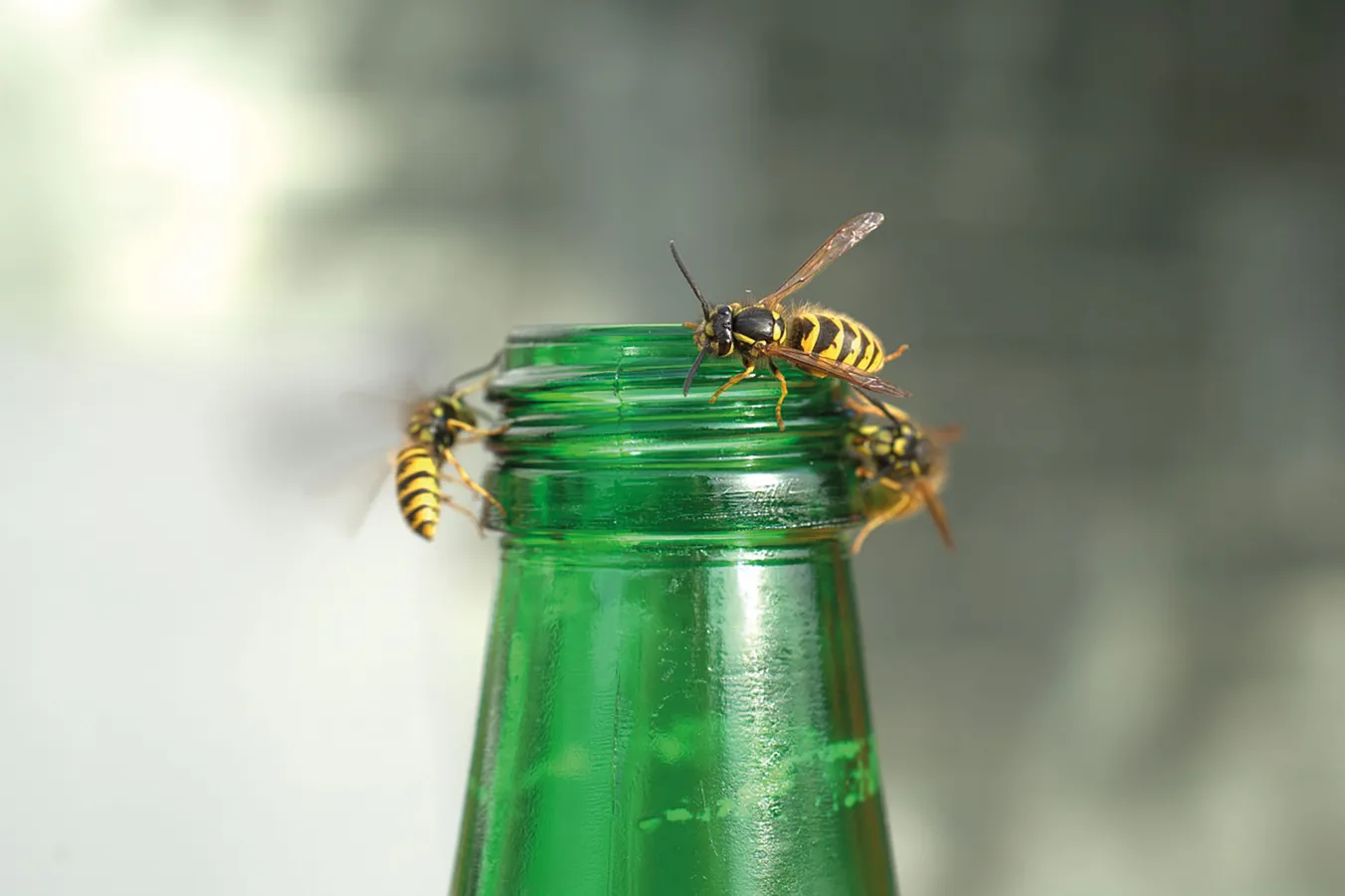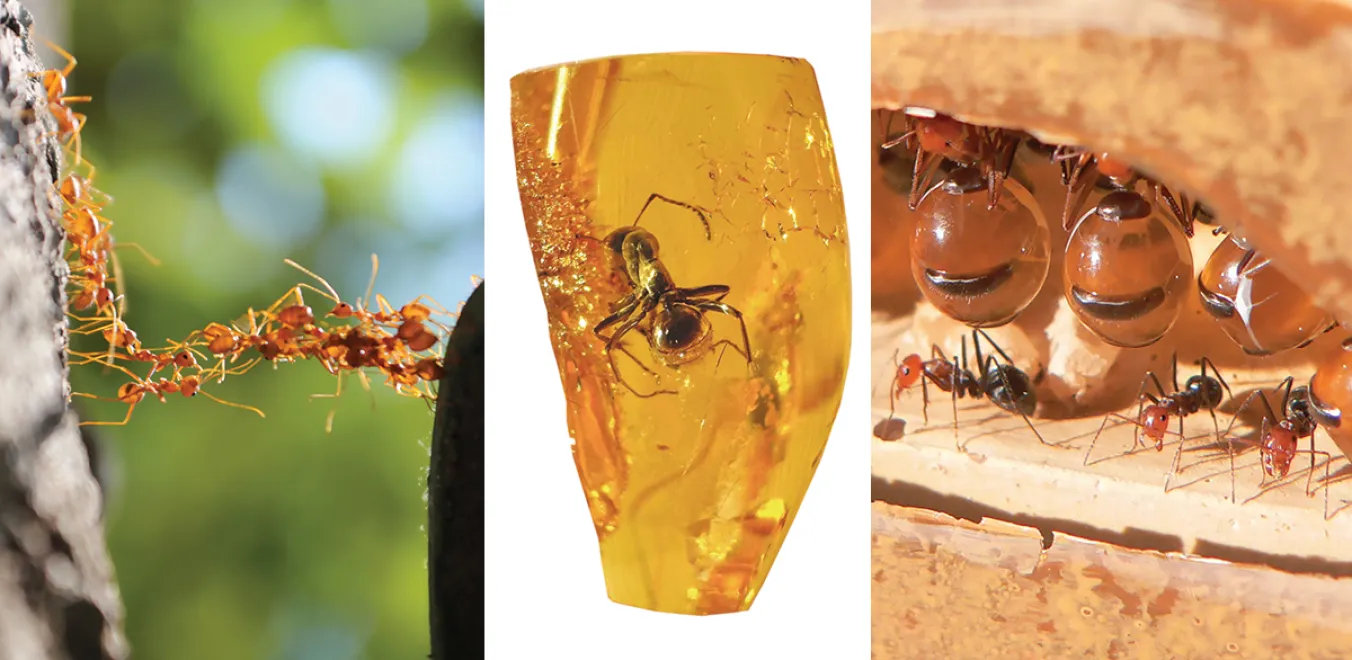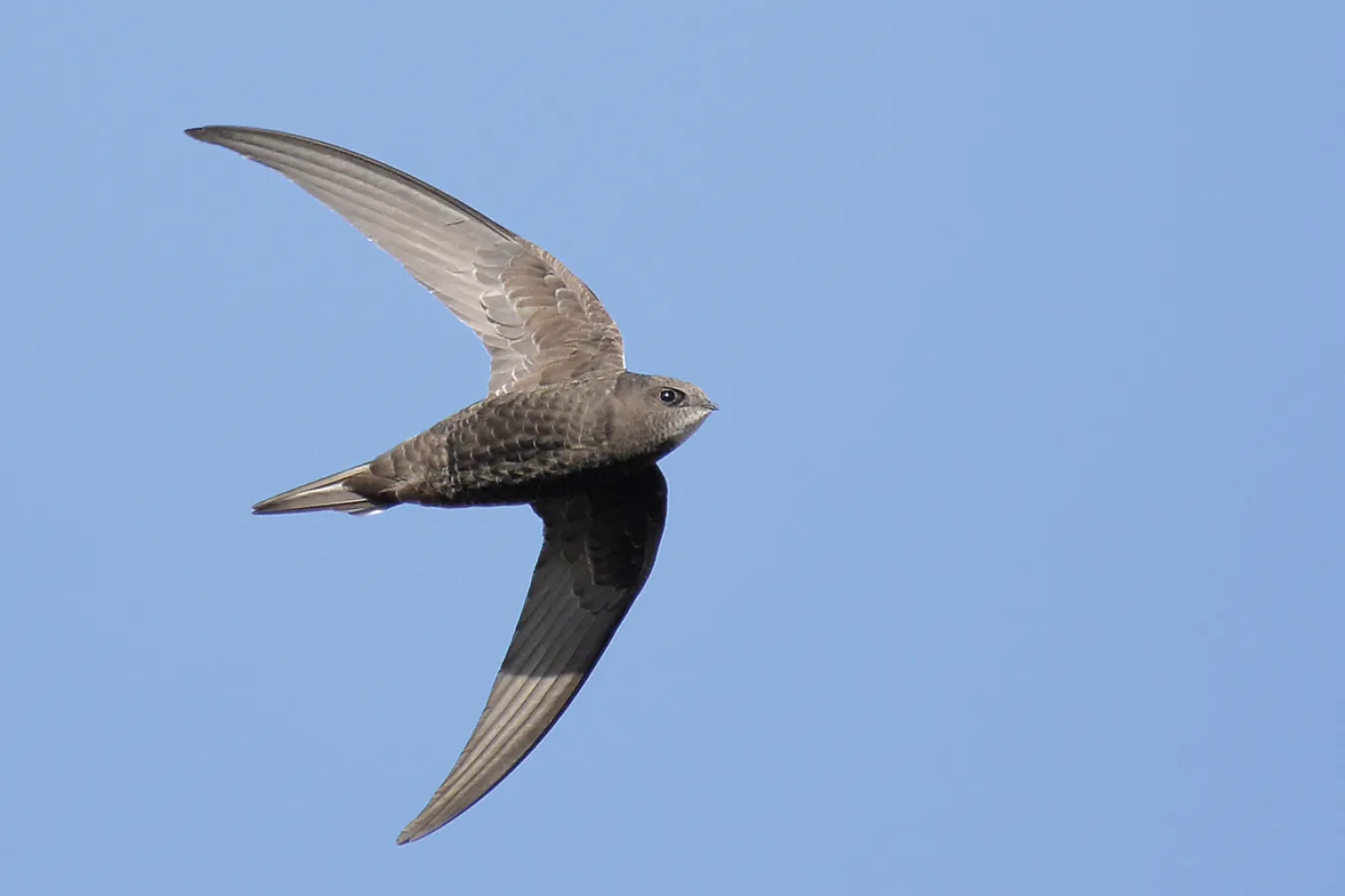
HOBBYIST insect-lovers are becoming rarer. To understand why it matters, we might need to know more about what it means to be an entomologist.
There are many niche interests in the world. Amateur entomology — the study of insects — is one of these. It is perhaps hard for those outside the field to grasp the popularity of the hobby, but amateur entomology has its own strong culture with an infrastructure of clubs and societies as well as scientific journals. A lot of people really like looking at insects. But why?
One answer is that there is still a lot to discover about insects. There are more than one million species of insects already described — 75 per cent of all known animal species are insects — but it is believed there are approximately another four to nine million unidentified insect species out there. A large number of all these insects are at risk of extinction because of humans.
